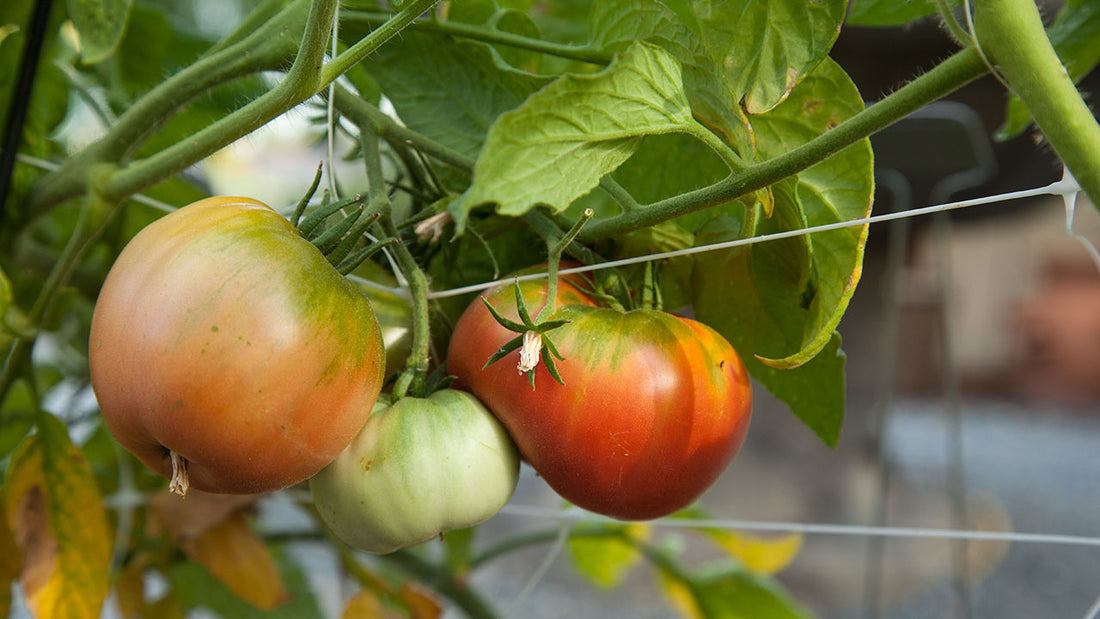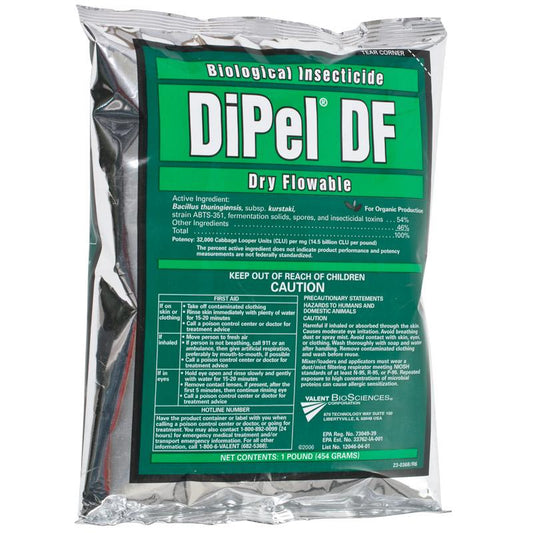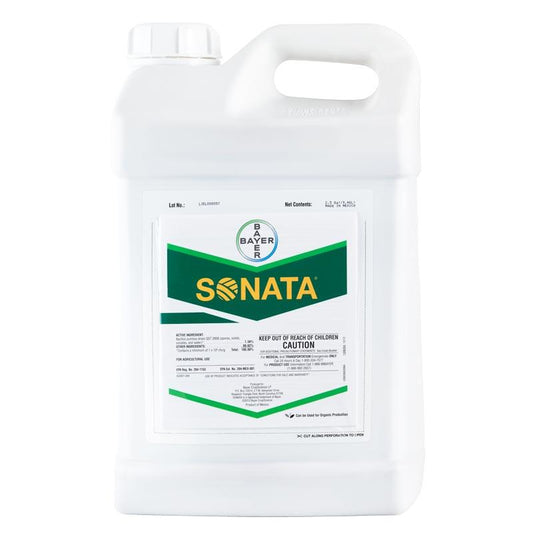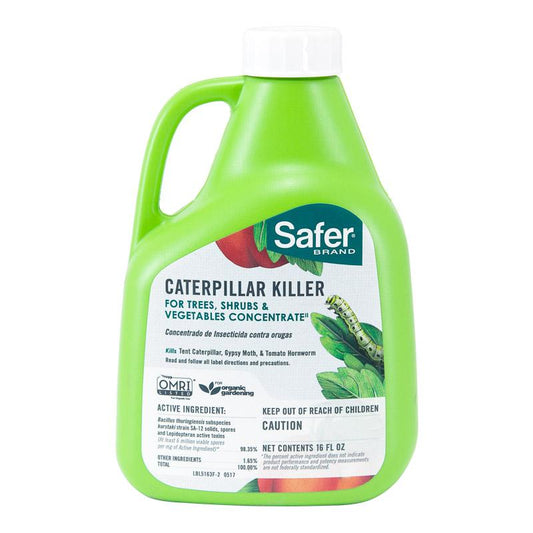Controlling Hornworm And Other Tomato Pests In Your Garden
Summer is time for our beloved tomato plants to yield the beautiful fruits of our labor. Bright red, yellow, rainbow or green fruits hang on the vine between green leaves waiting for the perfect time for picking. Then we notice holes in the leaves and fruit, and it is time for battle. Most of us are familiar with tomato hornworms but there are many other pesky pests that love to munch our plants.
In our video, Tricia talks about our foe, the tomato hornworm. The following is a brief introduction to some other pests potentially lurking around our tomato plants.

Beet Armyworm
According to the UC Davis IPM website, in certain areas, the beet armyworm, Spodoptera exigua, may be the most common pest attacking tomato plants. Hatching larvae feed on the leaves near the egg cluster laid by the female moth. As they grow and migrate, the worms feed on the leaves and fruit as well. To control the pest use a product which contains spinosad or Bacillus thuringiensis and is labeled to control the beet armyworm.
Flea Beetles
Flea Beetles, Epitrix hirtipennis, are common pests of tomato seedlings. The adult will chew holes in the leaves while the larvae will do damage to the underside of the leaf. Large tomato plants are not usually killed by these pests, however, young plants can be wiped out if the flea beetle population is high. For appropriate management consult the UC IPM Online website.Tomato Russet Mite

Brown Marmorated Stink Bug
A fairly new pest emerging, especially in California, is the Brown Marmorated Stink Bug, a native to Eastern Asia. The pest was first reported in Pennsylvania in 2001 and in 2013 large populations were found in northern California (Sacramento and Yuba City). The damage caused by the pest is mostly found on fruit, including the tomato. Plants can be covered with a floating row cover such as Agribon-15 or stink bug traps with a pheromone lure can be placed (well away from the garden) for monitoring presence of the pest.
The Good Bugs
Be on the look out for the good bugs in the garden as well as the nasty ones. Assassin bugs and green lacewing larvae have demonstrated control of stink bug eggs and birds enjoy munching on the adults and nymphs.Our prized tomato plants are at risk for other pesky pests such as the Tomato Fruitworm, Aphids, Stink Bugs, Tomato Bugs, Colorado Potato Beetle and the dreaded Tomato Hornworm. If you did not see your pest here or would like more information about tomato diseases, visit the UC Davis IPM website, a fantastic resource for the home gardener and farmer.
Photo Credits
- Beet Armyworm (2004) Nicotine Keeps Leaf-Loving Herbivores at Bay. PLoS Biol 2(8): e250. doi:10.1371/journal.pbio.0020250
- Flea Beetles (2007) Russ Ottens, University of Georgia, Bugwood.org
- Brown Marmorated Stink Bug (2002) David R. Lance, USDA APHIS PPQ, Bugwood.org
- Assassin Bug (2003) Clemson University - USDA Cooperative Extension Slide Series, Bugwood.org





3 comments
We lived in Bakersfield and had leaf-footed bugs on the apricot tree. The nymphs are bright red, similar to red ants. I vacuumed them up if I saw them clustered. The adults use a defense of dropping if you reach for them. So I’d hold a trug below the bug to catch it so I could kill it. They are definitely destructive!
Christine, thanks for the heads up on the pest that is effecting tomatoes in your area. Here is a good article on those pests, http://ucanr.edu/blogs/blogcore/postdetail.cfm?postnum=14665.
I grow organically. You should also mention the tomatoe pest called Leaf-footed bug. It is here in the hot San Joaquin Valley. I was told it was brought in with the pistachio orchards several years back. This pest is fairly large, flys and deposits it’s eggs on the underside of tomatoes leaves. Once in garden, loads of tiny nymphs hatch. They take over quickly. The nymphs mass/stay together as a group if disturbed. The tomatoes appear green outside, but go bad from the inside once they get to them.